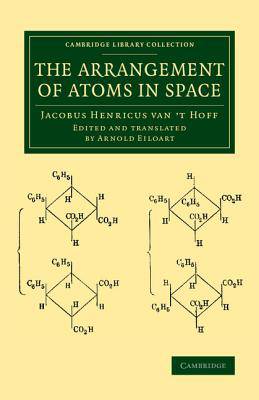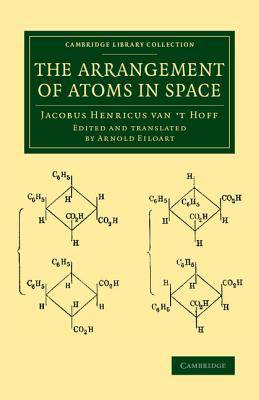
- Afhalen na 1 uur in een winkel met voorraad
- Gratis thuislevering in België vanaf € 30
- Ruim aanbod met 7 miljoen producten
- Afhalen na 1 uur in een winkel met voorraad
- Gratis thuislevering in België vanaf € 30
- Ruim aanbod met 7 miljoen producten
Zoeken
Omschrijving
Awarded the first Nobel Prize in Chemistry in 1901 for his work on chemical dynamics and on osmotic pressure in solutions, the Dutch scientist Jacobus Henricus van 't Hoff (1852-1911) was also a pioneer in the field of stereochemistry - the three-dimensional analysis of chemical structures. This 1898 publication is based on the revised and expanded German translation of his Dix années dans l'histoire d'une théorie (1887), itself an updated version of his major work La chimie dans l'espace (1875). Translated and edited by the English chemist Arnold Eiloart, it covers the stereochemistry of carbon and nitrogen compounds, and contains an appendix on inorganic compounds by the Swiss chemist Alfred Werner (another future recipient of the Nobel Prize in Chemistry). Using experimental results, van 't Hoff shows how the varying spatial arrangement of similar compounds leads to differing chemical and optical behaviour.
Specificaties
Betrokkenen
- Auteur(s):
- Uitgeverij:
Inhoud
- Aantal bladzijden:
- 228
- Taal:
- Engels
- Reeks:
Eigenschappen
- Productcode (EAN):
- 9781108080293
- Verschijningsdatum:
- 11/12/2014
- Uitvoering:
- Paperback
- Formaat:
- Trade paperback (VS)
- Afmetingen:
- 140 mm x 216 mm
- Gewicht:
- 294 g

Alleen bij Standaard Boekhandel
+ 115 punten op je klantenkaart van Standaard Boekhandel
Beoordelingen
We publiceren alleen reviews die voldoen aan de voorwaarden voor reviews. Bekijk onze voorwaarden voor reviews.











